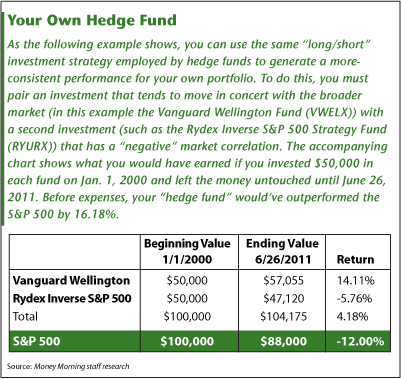With everything from the Greek debt crisis to worries about China's growth roiling the markets these days, the investing outlook seems to get shakier by the minute. And that means the same old tricks won't work any longer.
It's not going to be enough, for example, to simply pick stocks or spread your risk among large-cap, small-cap and a blend of domestic and international stocks and bonds thrown in for good measure.
Those things don't work when everything goes down at the same time - a painful reality that investors experienced during the financial crises of 2000-2003 and 2007-2009.
If we've all learned one thing from those crises, it's that stability matters when it comes to producing higher, more consistent returns - especially in a world in which the investing outlook is clouded by uncertainty.
But there are three strategies that can bolster your personal investing outlook and help you even out the rough sailing I see ahead.
Let me show you what I mean.
It's not going to be enough, for example, to simply pick stocks or spread your risk among large-cap, small-cap and a blend of domestic and international stocks and bonds thrown in for good measure.
Those things don't work when everything goes down at the same time - a painful reality that investors experienced during the financial crises of 2000-2003 and 2007-2009.
If we've all learned one thing from those crises, it's that stability matters when it comes to producing higher, more consistent returns - especially in a world in which the investing outlook is clouded by uncertainty.
But there are three strategies that can bolster your personal investing outlook and help you even out the rough sailing I see ahead.
Let me show you what I mean.
Three Strategies You Can't Ignore
The three strategies I'm talking about represent a break with the so-called "tried-and-true" approaches that were once in every investor's playbook, but don't seem to work so well in today's markets. So I'm recommending that you replace those old tactics with these three new ones, which will have you:- Build your own "hedge fund."
- Adopt a "long/short" bond strategy.
- And consider a solid "alternative" to alternative investments.

No comments:
Post a Comment